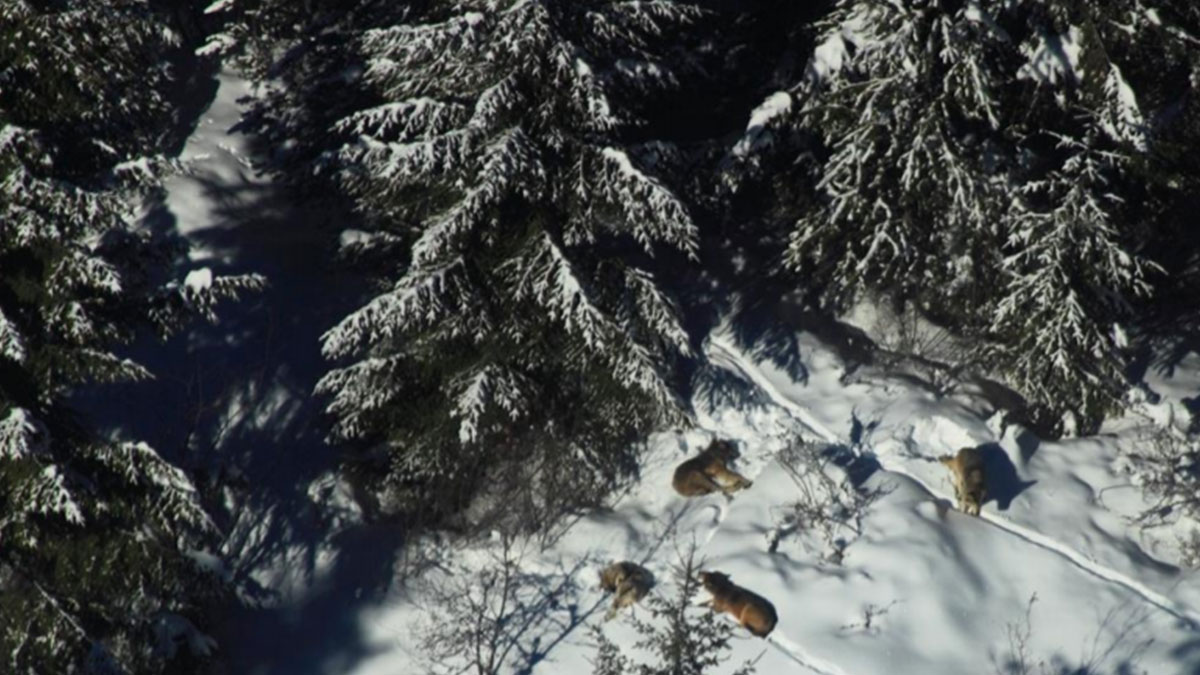The Washington Department of Fish and Wildlife (WDFW) wants to know what you think about how it plans to manage wolves in Washington post-recovery.
Biologists are confident that Washington’s wolf population is on a path to successful recovery. Since 2008, the state’s wolf population has grown an average of 28 percent per year. WDFW documented a minimum of 126 individuals, 27 packs, and 15 successful breeding pairs during the last annual population survey.
“Long-term sustainability and persistence of Washington’s wolf population will always be a department priority,” said WDFW Director Kelly Susewind. “We know that Washington wolves are doing well, and it’s our responsibility to be prepared to help wolf and human populations coexist in the same landscape.”
Although it may be a few years before meeting wolf recovery goals, WDFW is preparing for when wolves are no longer designated as state or federally endangered by developing a post-recovery conservation and management plan. It will guide long-term wolf conservation and management.
Public input and feedback is vital to this effort. The public scoping comment period is open from Aug. 1, 2019 through Nov.1, 2019. You can share your thoughts by taking an online survey here, or by attending a public scoping open house. Go here to see the locations, dates and times.
The Rocky Mountain Elk Foundation maintains that wolves, like elk and all other wildlife, should be subject to state management in line with the North American Wildlife Conservation Model.
(Photo source: Washington Department of Fish and Wildlife)
